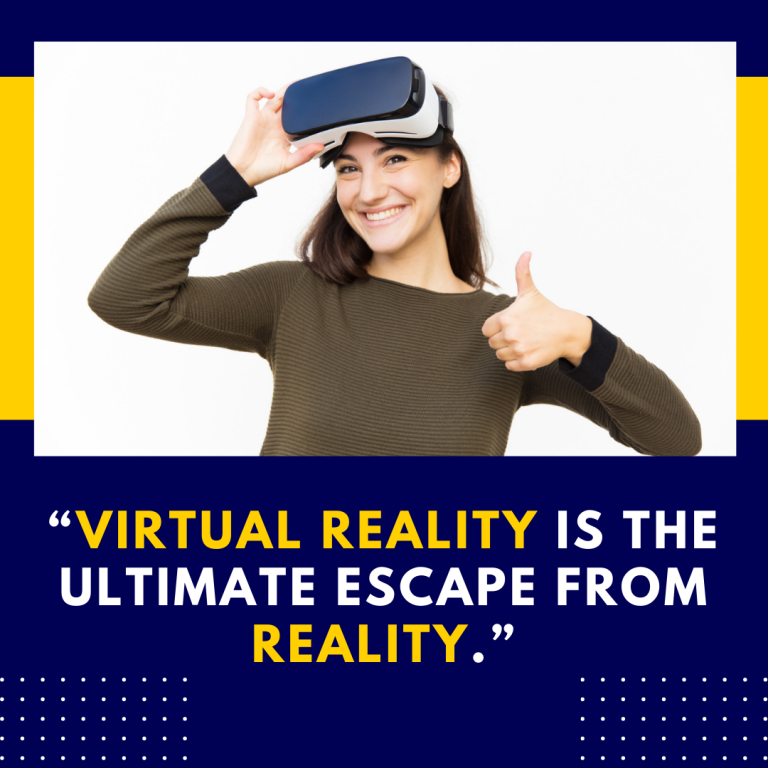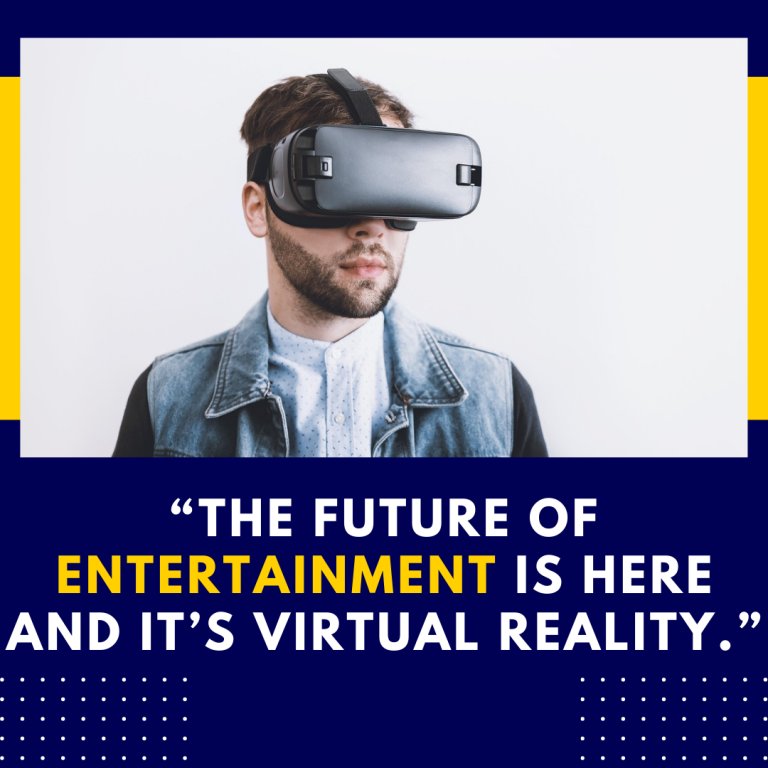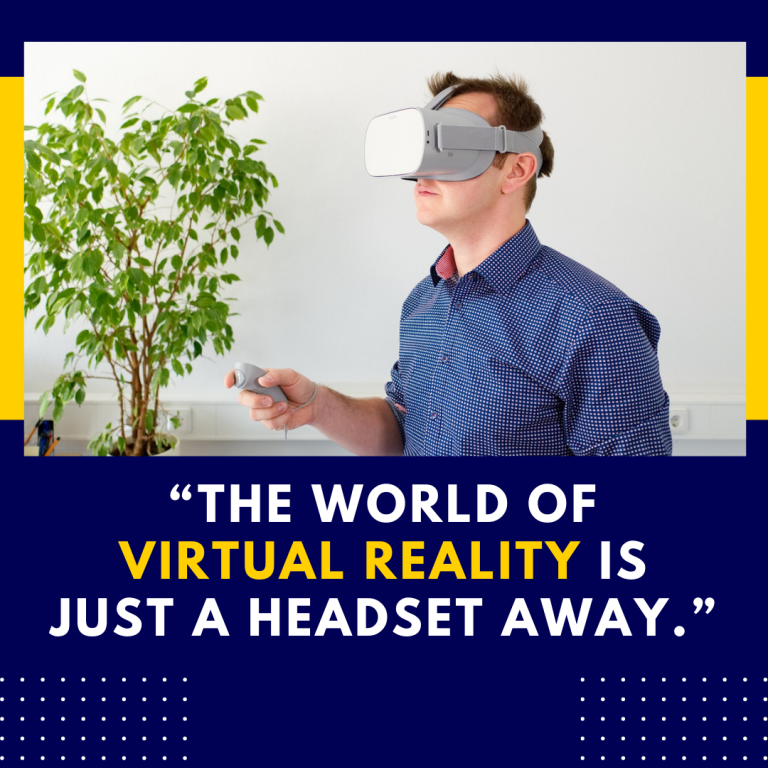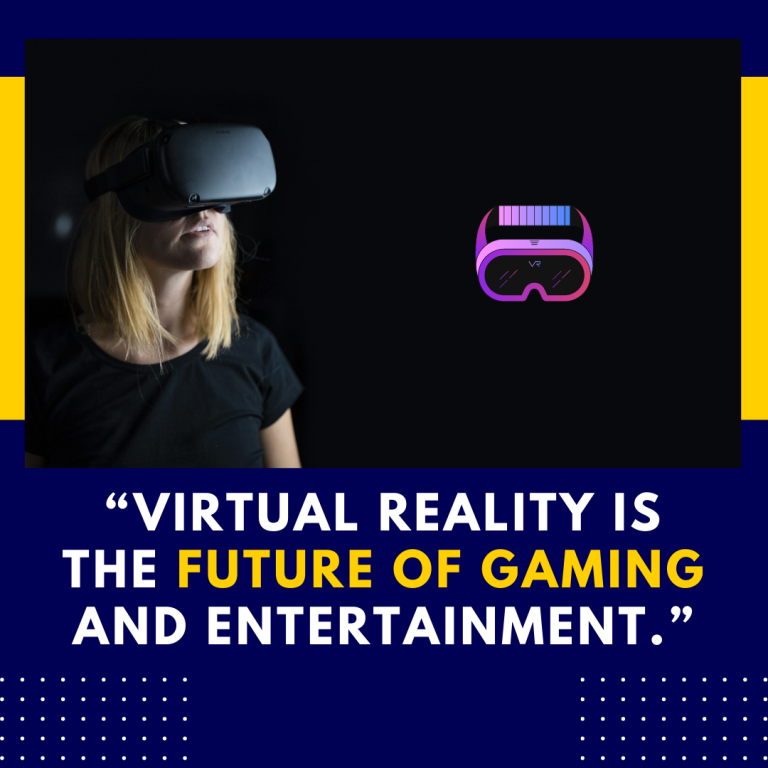Comparing Beat Saber’s Graphics to Other VR Games: A Deep Dive into Visual Appeal and Performance
Virtual reality (VR) gaming has seen remarkable advancements in recent years, with developers pushing the boundaries of what’s possible in terms of immersive experiences and visual fidelity. Beat Saber, a rhythm-based VR game that tasks players with slicing through blocks in time with music, has gained immense popularity not only for its engaging gameplay but also for its distinctive visual style. In this blog post, we’ll delve into how Beat Saber’s graphics compare to other VR games, exploring its visual design, performance considerations, and overall impact on the VR gaming landscape.
1. Beat Saber’s Visual Aesthetic
Stylized and Minimalist Design:
Beat Saber is renowned for its minimalist and highly stylized graphics. The game features a neon-lit, futuristic environment with simple geometric shapes that are easy to process and interact with. This aesthetic choice helps to keep the player’s focus on the rhythm and gameplay rather than being overwhelmed by complex visuals. The vibrant colors, dynamic lighting effects, and fluid animations contribute to a visually striking experience that is both engaging and non-distracting.
Dynamic Visual Effects:
One of the key elements of Beat Saber’s visual design is its dynamic effects. The game uses synchronized light shows and particle effects to enhance the experience of slicing through blocks. These visual effects are tightly integrated with the music, creating a rhythmically immersive environment that reacts to the player’s movements. The use of lighting and color changes in response to gameplay creates a visually rewarding experience without requiring high-resolution textures or intricate models.
Consistency and Performance:
Beat Saber’s graphics are optimized for performance, which is crucial for maintaining a smooth and responsive VR experience. The game is designed to run well on a range of VR hardware, from high-end PCs to standalone headsets like the Oculus Quest. This optimization ensures that the gameplay remains fluid and enjoyable, even if it means sacrificing some level of graphical detail compared to more graphically intensive VR titles.
2. Comparing Beat Saber to Other VR Games
High-Fidelity VR Titles:
When compared to high-fidelity VR titles like Half-Life: Alyx or The Elder Scrolls V: Skyrim VR, Beat Saber’s graphics are notably simpler. Games like Half-Life: Alyx feature highly detailed environments, realistic textures, and complex character models, providing a more immersive and visually rich experience. These games leverage advanced graphics technologies and high-resolution textures to create lifelike worlds that are designed to be explored and interacted with in great detail.
Artistic and Stylized Games:
In contrast, other VR games with artistic and stylized visuals, such as Superhot VR or Fruit Ninja VR, share similarities with Beat Saber in terms of graphical style. Superhot VR employs a minimalist aesthetic with low-poly models and a distinctive color palette, focusing on gameplay and time manipulation rather than photorealism. Similarly, Fruit Ninja VR features bright, cartoonish graphics that prioritize fun and accessibility over visual complexity.
VR Simulation and Exploration Games:
VR simulation and exploration games like No Man’s Sky VR or Star Wars: Squadrons often feature expansive, open-world environments with high graphical detail. These games emphasize the exploration of vast virtual spaces and the interaction with detailed objects and environments. Beat Saber’s more focused and contained gameplay experience contrasts sharply with the broad, detailed worlds of these simulation-based VR games.
3. Impact of Graphics on Gameplay and Immersion
Gameplay Experience:
Beat Saber’s emphasis on stylized graphics over high fidelity allows for a more fluid and responsive gameplay experience. The game’s visual simplicity ensures that players are not distracted by complex textures or detailed environments, which is crucial for a rhythm-based game that relies on quick reactions and precise movements. The clean, uncluttered visuals help players stay focused on the rhythm and accuracy of their actions, enhancing the overall gameplay experience.
Immersion and Engagement:
While Beat Saber’s graphics may not compete with the photorealism of other VR games, its immersive qualities come from its integration of visual effects with gameplay. The dynamic lighting and particle effects create a visually stimulating environment that is closely tied to the music. This synchronization of visuals and audio contributes to a strong sense of immersion, making the gameplay feel more engaging and satisfying.
Performance Considerations:
The optimization of Beat Saber’s graphics ensures that it runs smoothly across a variety of VR platforms. This is particularly important in VR gaming, where performance can significantly impact the player’s experience. The game’s ability to maintain a high frame rate and responsive controls is a key factor in its success, and its graphical design plays a crucial role in achieving this performance.
4. Conclusion
Beat Saber’s graphics, characterized by their minimalist and stylized design, offer a unique visual experience that sets it apart from other VR games. While it may not match the high-fidelity visuals of titles like Half-Life: Alyx or the expansive worlds of simulation games, its focus on vibrant colors, dynamic effects, and performance optimization creates a compelling and immersive experience. The game’s graphics are well-suited to its rhythm-based gameplay, ensuring that players remain engaged and focused on the music.
The comparison of Beat Saber to other VR games highlights the diverse approaches to visual design in the VR gaming industry. From photorealistic simulations to artistic stylizations, each game offers a different kind of immersion and engagement. Beat Saber’s success demonstrates that a well-designed visual style, aligned with the game’s core mechanics, can be just as impactful as high-resolution graphics.
Resources for Further Exploration
For those interested in exploring the graphics and visual design of Beat Saber and other VR games, here are some valuable resources:
- Beat Saber Official Site: Beat Saber Official Site
- Half-Life: Alyx Review and Graphics Analysis: Half-Life: Alyx Graphics Review
- Superhot VR Visuals and Design: Superhot VR Review
- VR Graphics and Performance Insights: VR Performance Analysis
Beat Saber’s visual approach exemplifies how a game can achieve greatness through its unique design choices, and its place in the VR gaming landscape reflects the diverse possibilities for immersive experiences in virtual reality.






